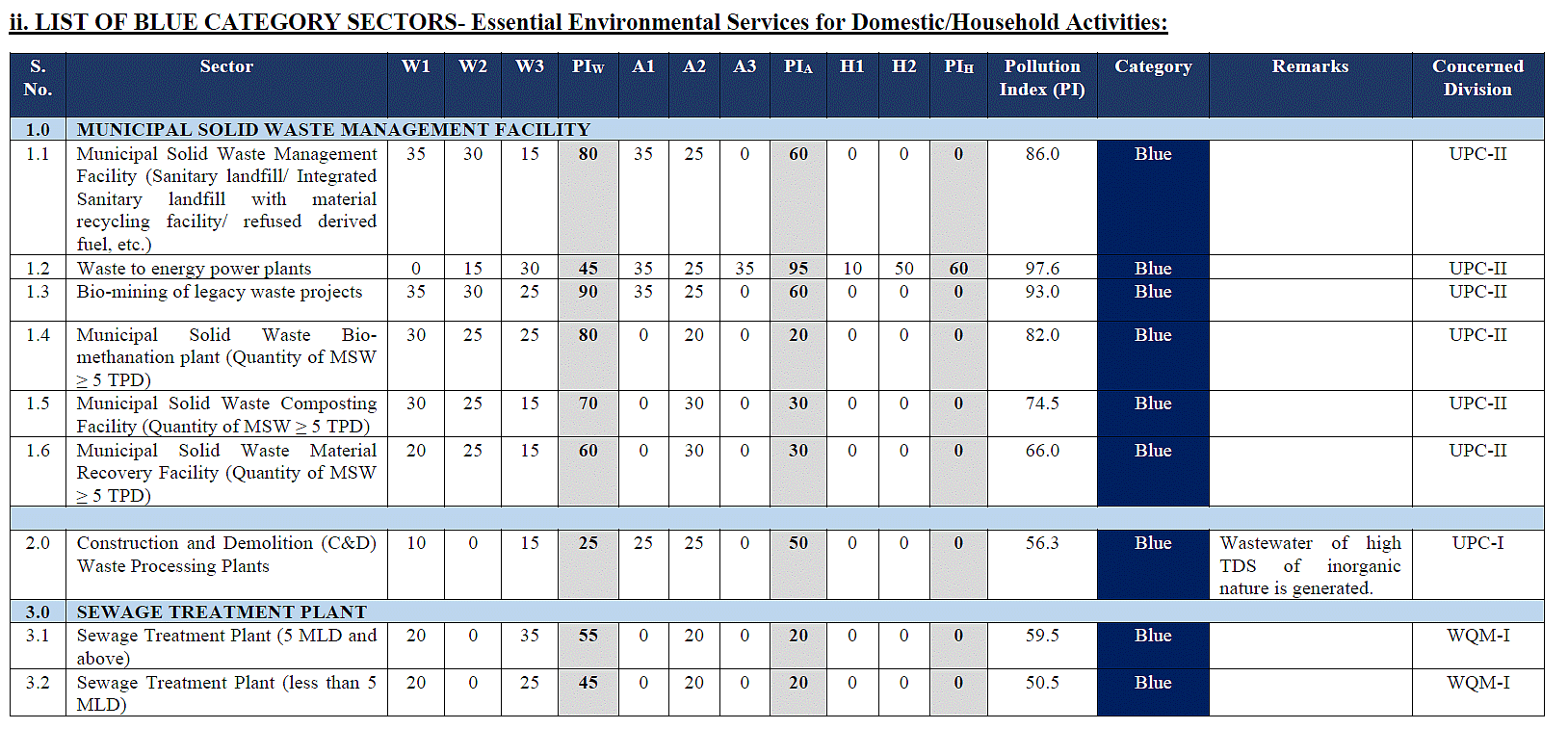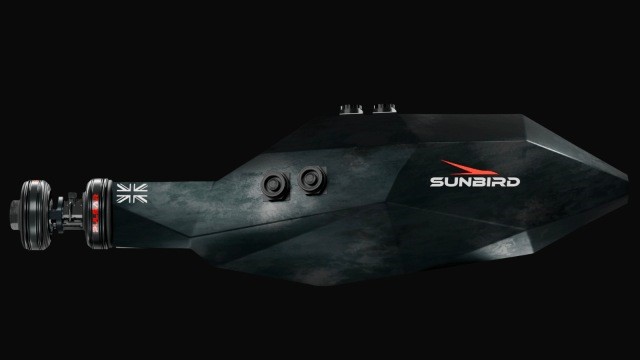BM-04 Missile
- 12 Apr 2025
In News:
India recently introduced the BM-04, a new-generation Short-Range Ballistic Missile (SRBM), during the Vigyan Vaibhav 2025 defence exhibition in Hyderabad. Developed by the Defence Research and Development Organisation (DRDO), the missile underscores India’s commitment to enhancing its conventional precision strike and counterforce capabilities.
Key Specifications and Features:
- Length: 10.2 metres
- Diameter: 1.2 metres
- Weight: Approximately 11,500 kg
- Propulsion: Dual-stage, solid-fuel system
- Range: Capable of striking targets up to 1,500 km away
- Warhead: Equipped with a 500 kg conventional payload
- Accuracy: Features a 30-metre Circular Error Probability (CEP)
Advanced Capabilities:
- Canisterized Launch System: Like other strategic missiles in India’s arsenal, the BM-04 is canisterized, enabling quicker launch readiness by pre-mating the warhead and delivery system.
- Mobile Deployment: Transported and launched via an indigenous six-wheeled Transport Erector Launcher (TEL), offering enhanced mobility and operational flexibility.
- Hypersonic Glide Body (C-HGB): The missile incorporates a Common Hypersonic Glide Body, allowing it to maneuver mid-flight, making its trajectory less predictable and improving its ability to evade missile defence systems, particularly in contested A2/AD environments.
- Modular Design: The BM-04 platform is designed for upgradability, supporting integration of advanced warheads, sensors, and propulsion technologies as threat perceptions evolve.
Strategic Significance:The induction of the BM-04 marks a leap in India’s tactical missile capability, bolstering its credible conventional deterrence posture. With precision targeting, improved survivability, and adaptability for future upgrades, the BM-04 is poised to play a vital role in India’s defence architecture.
Indian Star Tortoise
- 12 Apr 2025
In News:
In a significant conservation achievement under the Turtle Rehabilitation Project (TRP), 340 Indian Star Tortoises were successfully released into the wild at Jogapur Reserve Forest, located in Chandrapur district, Maharashtra.
Indian Star Tortoise (Geochelone elegans)
- IUCN Status:Vulnerable
- CITES Listing:Appendix I
- Protection under Indian Law:Schedule I, Wildlife (Protection) Act, 1972
Habitat & Range:
- Native to Northwest India, Southern India, and Sri Lanka
- Prefers arid and semi-arid ecosystems including scrublands, dry forests, grasslands, and semi-deserts
Key Characteristics:
- Recognizable by the radiating star-like patterns on its domed shell
- Faces high poaching pressure due to demand in the illegal exotic pet trade
- Exhibits crepuscular behavior (most active during dawn and dusk)
- Primarily herbivorous, consuming grasses, flowers, and leafy vegetation
Turtle Rehabilitation Project (TRP): A Conservation Initiative
- Launched: Late 2024; witnessed a major release event in April 2025
- Implemented By: Maharashtra Forest Department in collaboration with RESQ Charitable Trust
Objectives:
- Rescue and rehabilitate illegally trafficked tortoises and turtles
- Facilitate safe reintroduction into natural habitats through:
- Medical treatment
- Acclimatization to wild conditions
- Biometric tracking for post-release monitoring
- Raise public awareness via community engagement and school outreach
NaBFIDsigns strategic MoU with New Development Bank (NDB)
- 12 Apr 2025
In News:
The National Bank for Financing Infrastructure and Development (NaBFID) has entered into a strategic Memorandum of Understanding (MoU) with the New Development Bank (NDB) to strengthen cooperation in long-term infrastructure financing and promote clean energy development in India.
About NaBFID (National Bank for Financing Infrastructure and Development)
- Type: Development Finance Institution (DFI)
- Established Under:NaBFID Act, 2021
- Regulated By: Reserve Bank of India (RBI) as an All-India Financial Institution (AIFI)
Objectives:
- Bridge the gap in long-term, non-recourse infrastructure finance
- Support the development of India’s bond and derivatives markets
- Foster sustainable economic growth
- Enable project financing in clean energy, transport, and water infrastructure
Key Features:
- Capital base to be scaled up to ?1 trillion
- Focuses on medium to long-term financing (1–5+ years)
- Promotes Public-Private Partnerships (PPPs) and financial viability of projects
- Engages in joint research, capacity building, and knowledge-sharing with global institutions like NDB
About the New Development Bank (NDB)
- Type: Multilateral Development Bank formed by BRICS nations (Brazil, Russia, India, China, South Africa)
- Proposed: BRICS Summit, New Delhi (2012)
- Established By:Fortaleza Declaration, 15 July 2014
- Became Operational: 21 July 2015
Mandate:
- Mobilize funds for infrastructure and sustainable development
- Finance projects in emerging and developing economies (EMDCs)
- Promote green, inclusive, and resilient growth, particularly in clean energy, transport, and water sectors
Key Features:
- Authorized Capital: $100 billion
- India’s Contribution: $2 billion (paid in 7 tranches, 2015–2022)
- Engagement in India: As of December 2024, NDB has financed 20 projects worth $4.867 billion
Blue Washing of Polluting Industries

- 12 Apr 2025
In News:
- The Central Pollution Control Board (CPCB) has recently introduced a new ‘Blue Category’ for industries under its Essential Environmental Services (EES) framework.
- Notably, Waste-to-Energy (WTE) incineration plants, previously classified as highly polluting ‘Red Category’ industries, have now been controversially reclassified under this new category.
Background: Pollution Index (PI) and Industry Categorisation
- The Ministry of Environment, Forest and Climate Change (MoEFCC) classifies industries into categories — White, Green, Orange, and Red — based on a Pollution Index (PI) (0–100 scale).
- White (0–20): Least polluting
- Green (21–40)
- Orange (41–59)
- Red (60–100): Most polluting
- WTE plants, with a PI of 97.6, were originally in the Red Category.
What is the new Blue Category?
- Created under Essential Environmental Services (EES) classification.
- Grants 2 additional years of “Consent to Operate” (essentially, consent to pollute).
- Aims to support infrastructure like composting units, biogas plants, material recovery facilities, etc
Controversy: WTE Incineration in the Blue Category
- WTE plants burn unsegregated municipal solid waste (MSW) to generate electricity by producing steam to drive turbines.
- Unlike claimed benefits, WTE plants emit more CO? per unit of electricity than coal-fired plants, contributing to climate change.
- CPCB’s inspection reports found that Delhi’s WTE plants exceeded emission norms, releasing carcinogens and other pollutants such as:
- SOx, NOx, HCL, PM, Dioxins, and Furans
- In FY 2022–23, Delhi’s WTE plants incinerated ~735,840 tons of plastic, contributing significantly to Delhi’s poor air quality.
- These plants also generate hazardous ash, requiring secure landfill disposal.
Issues with Reclassification
- The CPCB’s own guidelines state that:
- Only projects that do not emit hazardous waste or
- Projects that promote the circular economy can be blue-listed.
- However, leading government institute CSIR-NEERI has observed that WTE plants violate the principles of the circular economy and contravene Solid Waste Management Rules, 2016.
- Reclassification undermines environmental safeguards, harms waste pickers’ livelihoods, and imposes financial burdens on Urban Local Bodies (ULBs).
Sunbird

- 12 Apr 2025
In News:
British startup Pulsar Fusion is developing Sunbird, a nuclear fusion-powered rocket that could significantly reduce travel time to outer planets like Mars and Pluto. An orbital demonstration is planned for 2027.
Key Features of Sunbird
- Maximum Speed: Up to 805,000 km/h, surpassing the Parker Solar Probe (692,000 km/h), the fastest human-made object to date.
- Travel Efficiency: Could enable missions to Pluto in just 4 years, and cut travel time to Mars by nearly 50%.
- Payload Capacity: Capable of delivering up to 2,000 kg to Mars in six months.
- Functionality: Unlike chemical rockets like SpaceX’s Starship, Sunbird would act as an interplanetary booster, attaching to spacecraft and possibly operating between charging stations in Low Earth Orbit (LEO) and Mars orbit.
About Nuclear Fusion Propulsion
Nuclear Fusion aims to replicate the process that powers stars — the fusion of atomic nuclei to release energy. Unlike nuclear fission, fusion is cleaner, offers higher energy output, and produces minimal radioactive waste.
Types of Nuclear Propulsion Systems
Propulsion Type Description
Nuclear Thermal Propulsion (NTP) Uses a nuclear reactor to heat liquid hydrogen which
turns to plasma and produces thrust. Provides high exhaust
velocity and can increase payload efficiency 2–3 times
over chemical rockets. Ground tests began in the 1950s.
Nuclear Electric Propulsion (NEP) Converts reactor heat into electricity to power ion thrusters,
which gradually reach high speeds. Components include a
compact reactor core, electric generator, heat rejection
system, and electric propulsion system. Unlike solar power,
nuclear sources ensure consistent energy beyond Mars.
Challenges in Fusion Rocket Development
- Fusion systems are currently large and heavy, posing difficulties in miniaturisation for spaceflight.
- Fusion on Earth is hard to replicate due to atmospheric constraints; space offers a more natural environment for fusion reactions.
Global Efforts and Timeline
Apart from Pulsar Fusion, companies like Helicity Space and General Atomics (backed by NASA and Lockheed Martin) are also advancing fusion-powered space propulsion systems, with testing planned around 2027.
